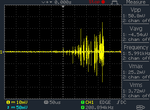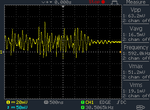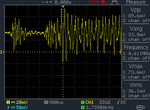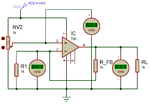eagle1109
Full Member level 6
- Joined
- Nov 20, 2014
- Messages
- 390
- Helped
- 4
- Reputation
- 10
- Reaction score
- 7
- Trophy points
- 1,298
- Location
- Saudi Arabia
- Activity points
- 5,924
Hello,
I got this project from this website:
https://electronicsforu.com/electronics-projects/overload-protector-ac-motors
The page has everything, from schematic, block diagrams, PCB layout and final implementation picture.
I have most of the parts, I bought the current transformer DL-CT1005A but I don't know how to connect it. I've looked for any info about the connection of this current transformer but I could not find any circuit which have the actual pin connection and which pin goes to which line .. etc.
This is the best page which has a lot of info about it and the names/number of the pins, but there's not diagram of how to connect it.
According to the schematic diagram of the project webpage, the coil side is connected to the GND and the 2nd pin goes to the LM339 comparator. The other two pins on the other side are the ones which I don't know how would they work!?
I measure the connectin between them with the DMM but there's no connection, they seem to be open. But they are connected in series with the motor. But how they work?
I got this project from this website:
https://electronicsforu.com/electronics-projects/overload-protector-ac-motors
The page has everything, from schematic, block diagrams, PCB layout and final implementation picture.
I have most of the parts, I bought the current transformer DL-CT1005A but I don't know how to connect it. I've looked for any info about the connection of this current transformer but I could not find any circuit which have the actual pin connection and which pin goes to which line .. etc.
This is the best page which has a lot of info about it and the names/number of the pins, but there's not diagram of how to connect it.
According to the schematic diagram of the project webpage, the coil side is connected to the GND and the 2nd pin goes to the LM339 comparator. The other two pins on the other side are the ones which I don't know how would they work!?
I measure the connectin between them with the DMM but there's no connection, they seem to be open. But they are connected in series with the motor. But how they work?








